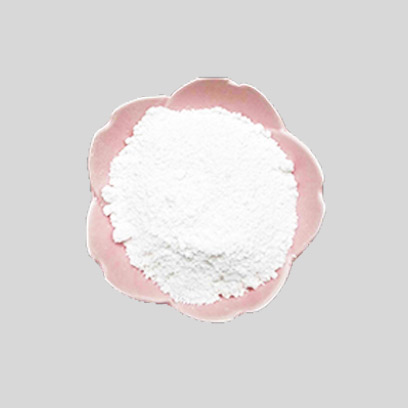
Sep . 06, 2024 22:02 Back to list
Titanium Dioxide Production | Chemical Formula TiO2
The Chemical Formula of Titanium Dioxide and Its Industrial Significance
Titanium dioxide (TiO2) is a widely used compound in various industries, renowned for its exceptional properties, including high refractive index, strong UV light absorption, and high stability. Its chemical formula, TiO2, signifies that each molecule consists of one titanium atom and two oxygen atoms. This simplicity belies the complexity of its applications and the importance of its production in various industrial contexts.
The manufacturing of titanium dioxide primarily occurs in two forms rutile and anatase. Rutile is the more stable form of titanium dioxide and is favored for its superior pigmentation properties. It is commonly used in coatings, plastics, and even food products, where its brightness and opacity are highly valued. On the other hand, anatase is often used in photocatalytic applications, such as self-cleaning surfaces and environmental remediation.
The production of titanium dioxide is predominantly achieved through two processes the sulfate process and the chloride process. The sulfate process involves the reaction of titanium ore with sulfuric acid, resulting in a slurry that can be treated to extract TiO2. This method, while effective, can produce significant amounts of waste and requires careful management to mitigate environmental impacts.
chemical formula of titanium dioxide factory

In contrast, the chloride process is more efficient and environmentally friendly. It involves the reaction of titanium ore with chlorine gas at elevated temperatures, yielding titanium tetrachloride (TiCl4), which is subsequently oxidized to produce titanium dioxide. This method produces less waste and generates a higher purity product, making it favorable for many manufacturers.
The demand for titanium dioxide continues to grow, driven by its applications in industries ranging from paints and coatings to cosmetics and food. In the paint industry, TiO2 serves as a white pigment that enhances brightness and opacity, ensuring that surfaces maintain their aesthetic appeal over time. In cosmetics, it acts as a pigment and an opacifying agent, contributing to the texture and color of products such as sunscreens and foundations.
Furthermore, the growing focus on sustainability has led to the exploration of titanium dioxide’s photocatalytic properties. Researchers are investigating its potential in reducing air pollution and contributing to solar energy applications, which aligns with global efforts to combat climate change and promote green technologies.
In conclusion, titanium dioxide, with its simple chemical formula TiO2, plays a crucial role across multiple industries. Its production methods, applications, and the potential for innovative uses underscore its significance in modern manufacturing and environmental sustainability. As industries continue to evolve, the importance of titanium dioxide is likely to rise, driven by technological advancements and the ongoing pursuit of sustainable practices.
-
Premium 6618 Titanium Dioxide for GPT-4 Turbo Applications
NewsJul.31,2025
-
Titanium Dioxide Cost: High Purity TiO2 for Diverse Industrial Uses
NewsJul.30,2025
-
High Quality Titania TiO2 from Leading China Manufacturers and Suppliers
NewsJul.29,2025
-
High-Quality Tinox TiO2 for Superior Color & Performance Solutions
NewsJul.29,2025
-
High Quality Titania TiO2 from Leading China Supplier & Manufacturer
NewsJul.29,2025
-
High-Performance r6618 TiO2 for Superior Whitening and Versatility
NewsJul.28,2025
